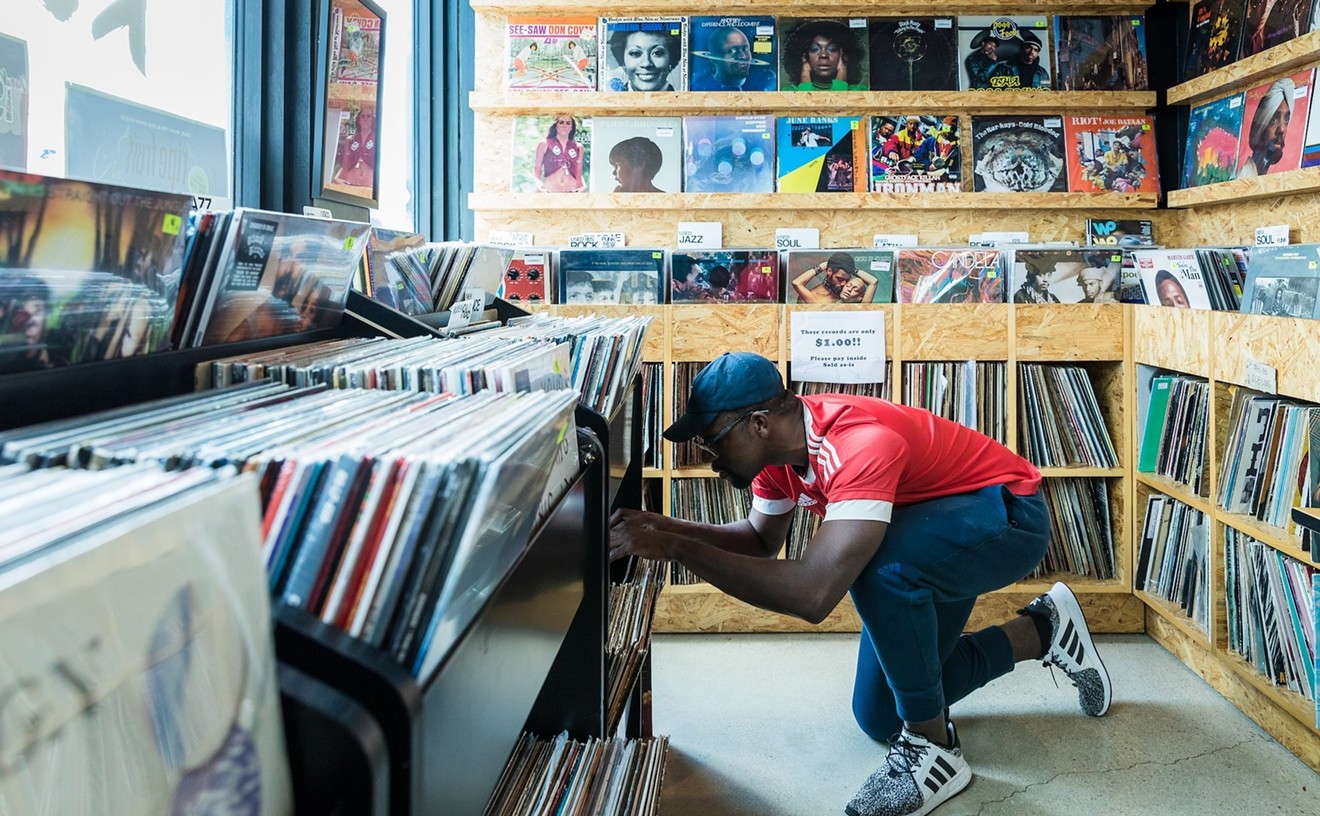The last time most of America thought of jai alai was during the opening credits of Miami Vice, in which a player slings a ball toward a large green wall. Like the colors and vibe from the 1980s show, jai alai has dwindled to near-extinction, as detailed in a documentary released earlier this month.
An ESPN 30 for 30 feature titled What the Hell Happened to Jai Alai was released via ESPN.com, and parts of the 15-minute piece also recently aired during SportsCenter.
“Jai alai right now is sitting on life support,” former top player Joey Cornblit told 30 for 30, “and they’re getting ready to pull the plug.”
Filmmakers reflect on the glory days of jai alai, a game similar to racquetball with a lineage linked to the Basque region of Spain. They note at one time there were more than 20 frontons across the United States. Now there are just two, in Miami and Dania Beach.
It’s a story that those who follow the maturation and decline of traditional gambling could use as a case study. There have been bad business decisions, an inability to cope with competition, and just an overall air of nostalgia.
The game flourished in the 1960s and 1970s, when crowds of 10,000 or so would gather at frontons in South Florida and Connecticut, especially.
Sports Illustrated wrote a feature story and Bruce Jenner, working for ABC’s Good Morning, America, reported an on-location feature praising the dominance of Cornblit.
“My goal was to get jai alai all over the country,” Cornblit told 30 for 30.
Of course, gambling propelled jai alai from a spectator sport into an activity, although you could feel uncomfortable for the players, who weren’t addressed by their real names, only by cries of “Drop it, Four!” from gamblers rooting for them to fail so their wagers would stay alive. The eight players took the court one-on-one in order, so the lower number, the sooner the player rotated back to the front of the line to compete.
Florida added gambling in the form of the lottery in 1988. The top jai alai players, who had a small following among gamblers, disappeared from the game from 1988 to 1991 during a strike over wages and union formation. Replacement players stepped in while the striking players stood outside. “The problem is you alienate the fans and they find other things to do,” Cornblit said.
Especially in South Florida. The NBA, MLB, and NHL all came to town (the Heat in 1988, Marlins in 1991, Panthers in 1993). The Seminole Tribe of Florida began offering slots in 2004, and racetrack casinos came to Florida two years later.
Now, fewer than 100 people come to watch jai alai, even on the busiest days. The games are conducted only because the state requires pari-mutuel activity to maintain a slot license, but they are a big money-loser: There isn’t enough gambling activity to cover each fronton’s roster of 36 players who make $40,000 and up apiece.
Casinos try to cut jai alai costs, a move that only creates more disinterest. The Dania Beach fronton is partially owned by the same men who own the Naples Dog Track and Magic City Casino (formerly Flagler Dog Track). Rather than pay for three pari-mutuel simulcast channels, they broadcast their events on just one, staggering the action across the day. That means Dania runs its programs usually at 4 p.m. and 10 p.m., disappointing casino visitors during prime weekend hours who might want to enjoy some jai alai, only to see an empty court.
That said, Dania executives promised to feature jai alai when the casino reopened last January after being closed for more than a year for remodeling. Action is sometimes shown on the TV screens overlooking the casino, and the players have a four-year contract, meaning that if the state ever did approve decoupling (allowing racinos to operate without pari-mutuels), the players wouldn’t be ditched without a fight.
“We’re trying to move the needle forward,” said Dania player manager Benny Bueno, a top player from 1981 to 2005. “We got here through a long, painstaking process. We didn’t just wake up one morning and say, ‘Oh, my goodness, this is falling apart.’ It took years and years to get here.
“My opinion is that it’s going to take some effort for quite a bit of time to get it back to a respectable level.”
In Miami, though, spokesman Rene Guim showed 30 for 30 a $155 million casino improvement and discussed how the new décor compares to the fronton’s premillennium look.
“It would be very, very difficult to maintain jai alai without this,” Guim said, waving his hand across the slot floor.
Get daily gambling news at southfloridagambling.com. Follow Nick on Twitter @NickSortal.
[
{
"name": "GPT - Billboard - Slot Inline - Content - Labeled - No Desktop",
"component": "16971022",
"insertPoint": "2",
"requiredCountToDisplay": "2"
},{
"name": "Editor Picks",
"component": "15769925",
"insertPoint": "4",
"requiredCountToDisplay": "1"
},{
"name": "Inline Links",
"component": "16575154",
"insertPoint": "8th",
"startingPoint": 8,
"requiredCountToDisplay": "7",
"maxInsertions": 25
},{
"name": "GPT - Rectangle 2x - Slot Auto-select - Labeled",
"component": "15782206",
"insertPoint": "8th",
"startingPoint": 8,
"requiredCountToDisplay": "7",
"maxInsertions": 25
},{
"name": "Inline Links",
"component": "16575154",
"insertPoint": "8th",
"startingPoint": 12,
"requiredCountToDisplay": "11",
"maxInsertions": 25
},{
"name": "GPT - Leaderboard to Tower - Slot Auto-select - Labeled",
"component": "15782207",
"insertPoint": "8th",
"startingPoint": 12,
"requiredCountToDisplay": "11",
"maxInsertions": 25
}
]










